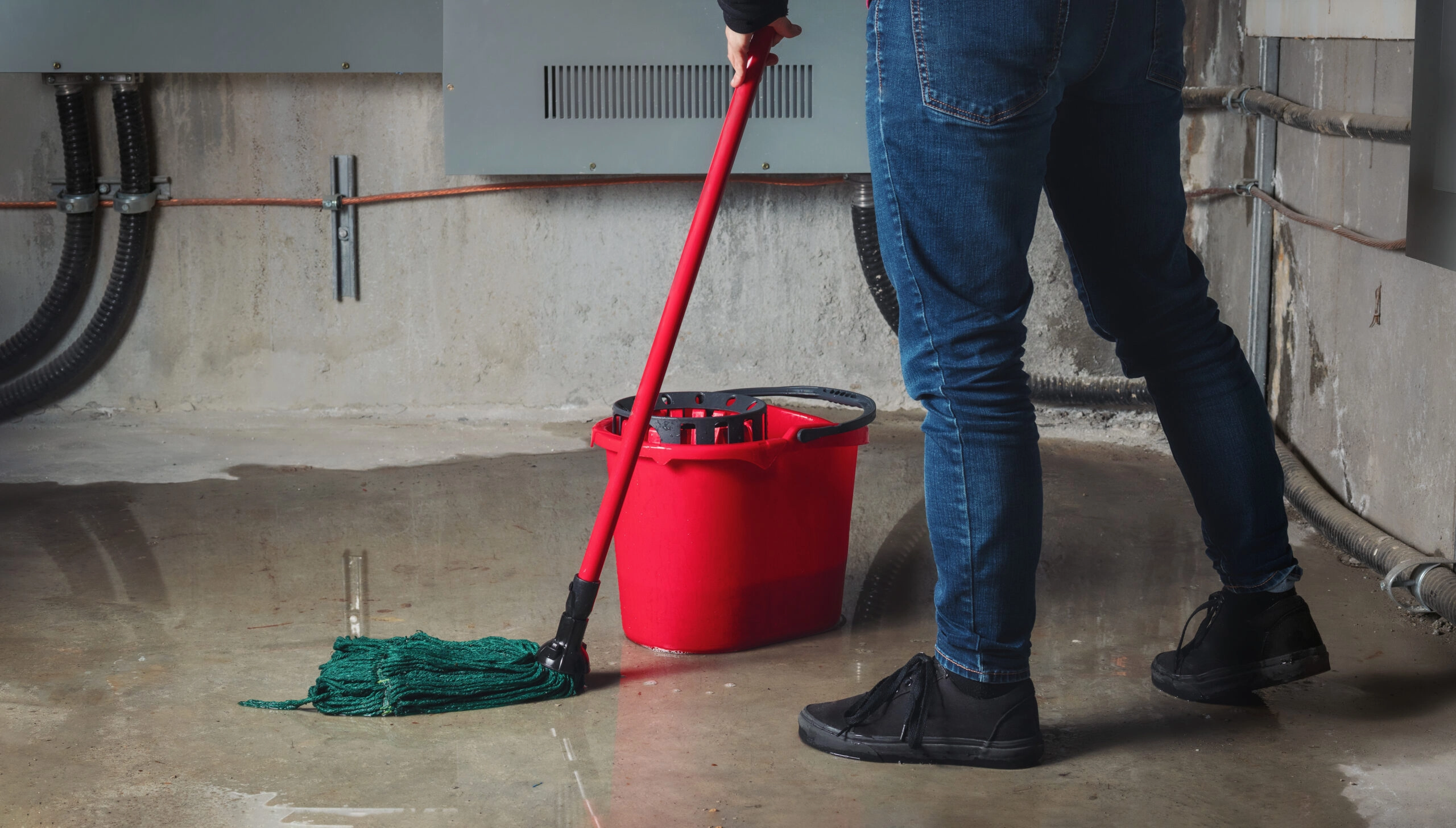
What to Do When Your Sink or Toilet is Overflowing
The Philadelphia Area’s Top Emergency Plumbers
An overflowing sink or toilet is a plumbing emergency that can lead to significant water damage to your home – and even pose a risk to your family’s safety if not addressed promptly. At Goodman Plumbing, we understand the urgency and frustration that comes with these situations. Here’s a step-by-step guide on what to do when your sink or toilet starts to overflow, helping you mitigate damage and get your plumbing back in order quickly.
1. Turn Off the Water
The first step in dealing with an overflow is to stop the flow of water. For toilets, you will find a valve at the base or behind the toilet. Turn this valve clockwise to shut off the water supply to the toilet. If it’s your sink that’s overflowing, look under the sink for the shut-off valves and turn them clockwise to close them. If you can’t find the valves or if they won’t turn, you may need to shut off the main water supply to your home.
2. Address the Clog
Once you’ve stopped the water flow, address the cause of the overflow. If it’s a toilet, often a plunger can resolve the issue. Make sure you have a good seal around the plunger and push down and pull up vigorously several times. If it’s a sink, a plunger can also work. For more stubborn clogs, you might use a plumber’s snake or a drain auger to dislodge the blockage. If you cannot handle it yourself, call our emergency plumber right away for fast service.
3. Clean Up the Spill
After you’ve managed to stop the overflow and addressed the clog, start cleaning up the water as soon as possible. Water can cause damage to your floors, sub-floors, and walls, leading to mold and mildew growth if not cleaned up quickly. Use towels, mops, and buckets to remove as much water as possible. If the overflow is substantial, consider using a wet-dry vacuum.
4. Ventilate and Dry the Area
Open windows and use fans to ventilate the area well. This will help dry out any lingering moisture and reduce the chances of mold growth. If the water has seeped into your walls or floors deeply, it might be wise to contact a professional restoration company to ensure everything dries properly to prevent structural damage or mold.
5. Check for More Serious Issues
Sometimes, an overflow can be a symptom of a more serious plumbing issue, such as a sewer backup or a broken pipe. If you have recurring overflows or multiple clogged fixtures, it’s a good idea to call a professional plumber to inspect your plumbing system. At Goodman Plumbing, we have the tools and expertise to diagnose and fix deeper issues, ensuring that your plumbing is reliable and secure.
6. Prevent Future Overflows
Prevention is the best approach to plumbing issues. Avoid flushing anything besides toilet paper down the toilet, and keep a drain strainer in sink drains to catch debris that could cause clogs. Regular maintenance, including professional drain cleaning, can also help prevent overflows before they start.
Contact Our Philadelphia Emergency Plumber Today For Same Day Service
At Goodman Plumbing, we’re committed to helping you keep your plumbing in excellent condition while providing rapid response for those unexpected emergencies. If you’re dealing with an overflowing sink or toilet and need professional help, don’t hesitate to call us – we’re available for same day emergency service. Get in touch today to learn more about our emergency plumbing services!
